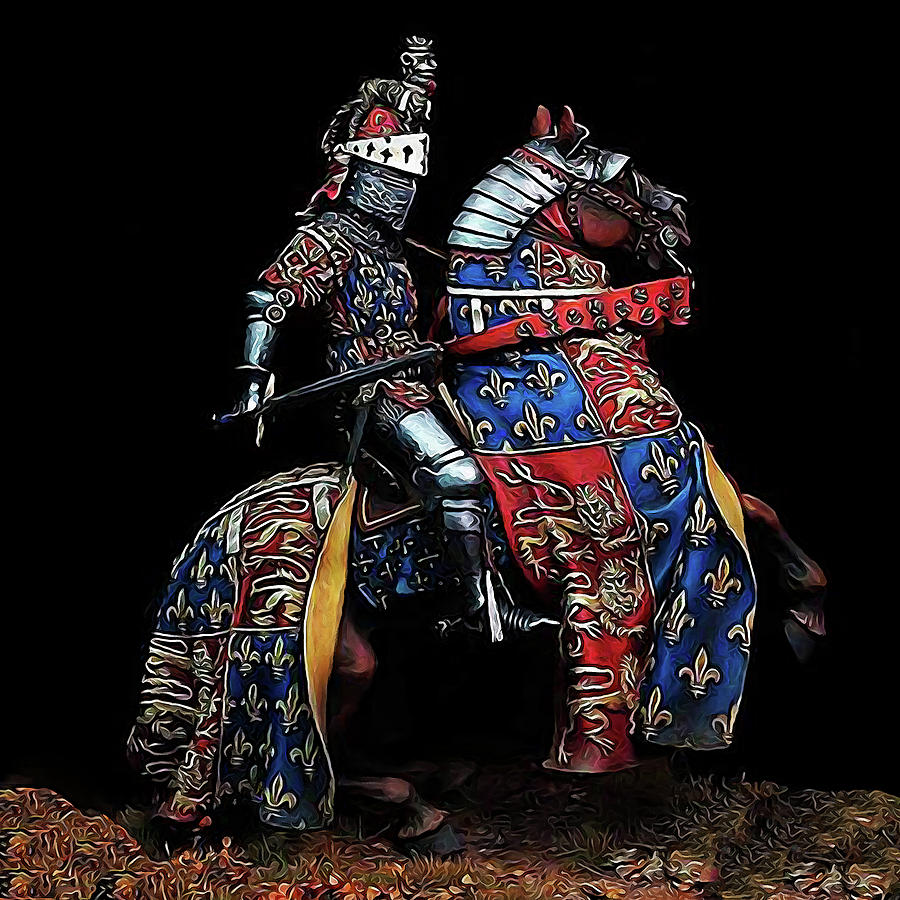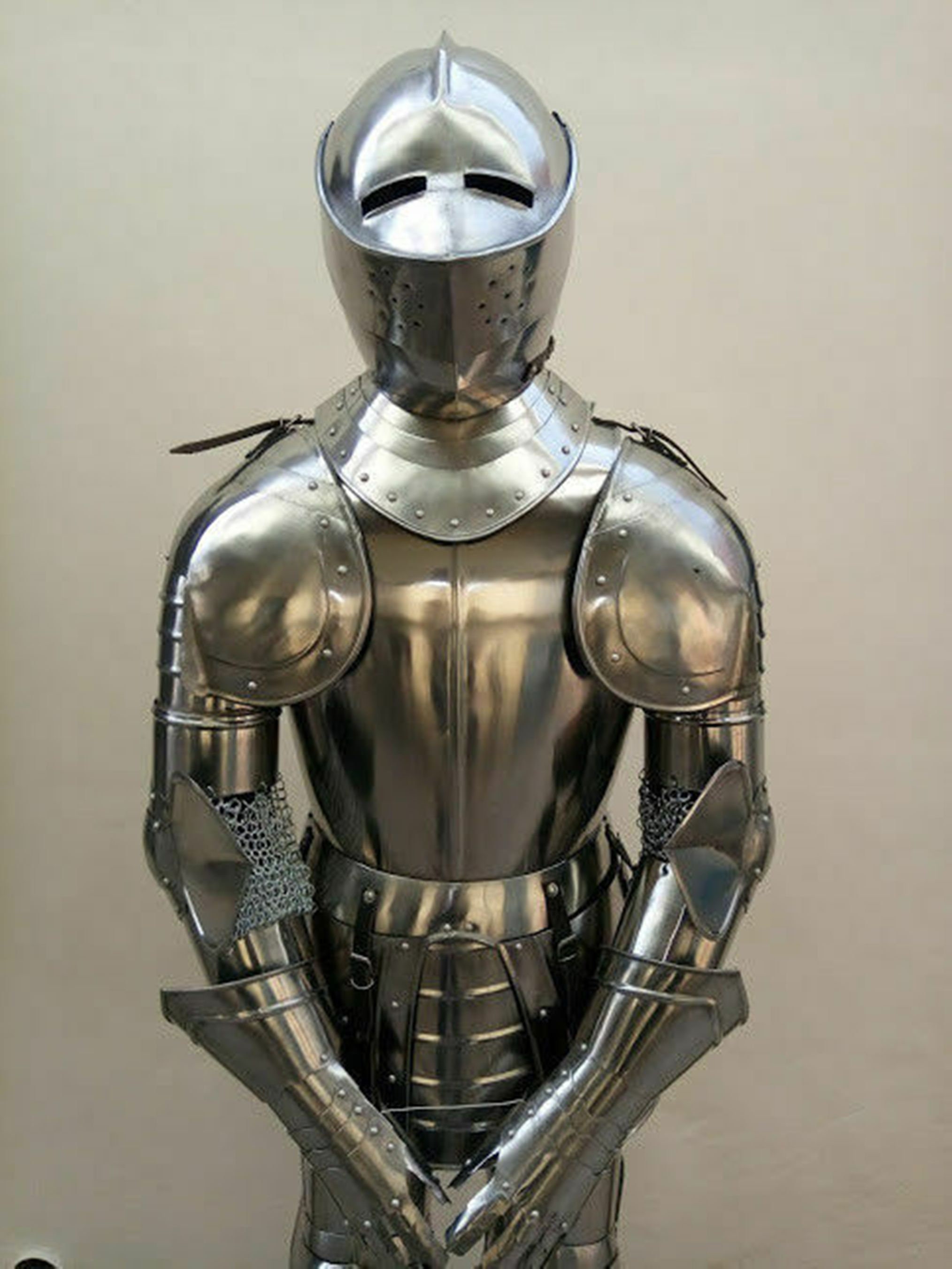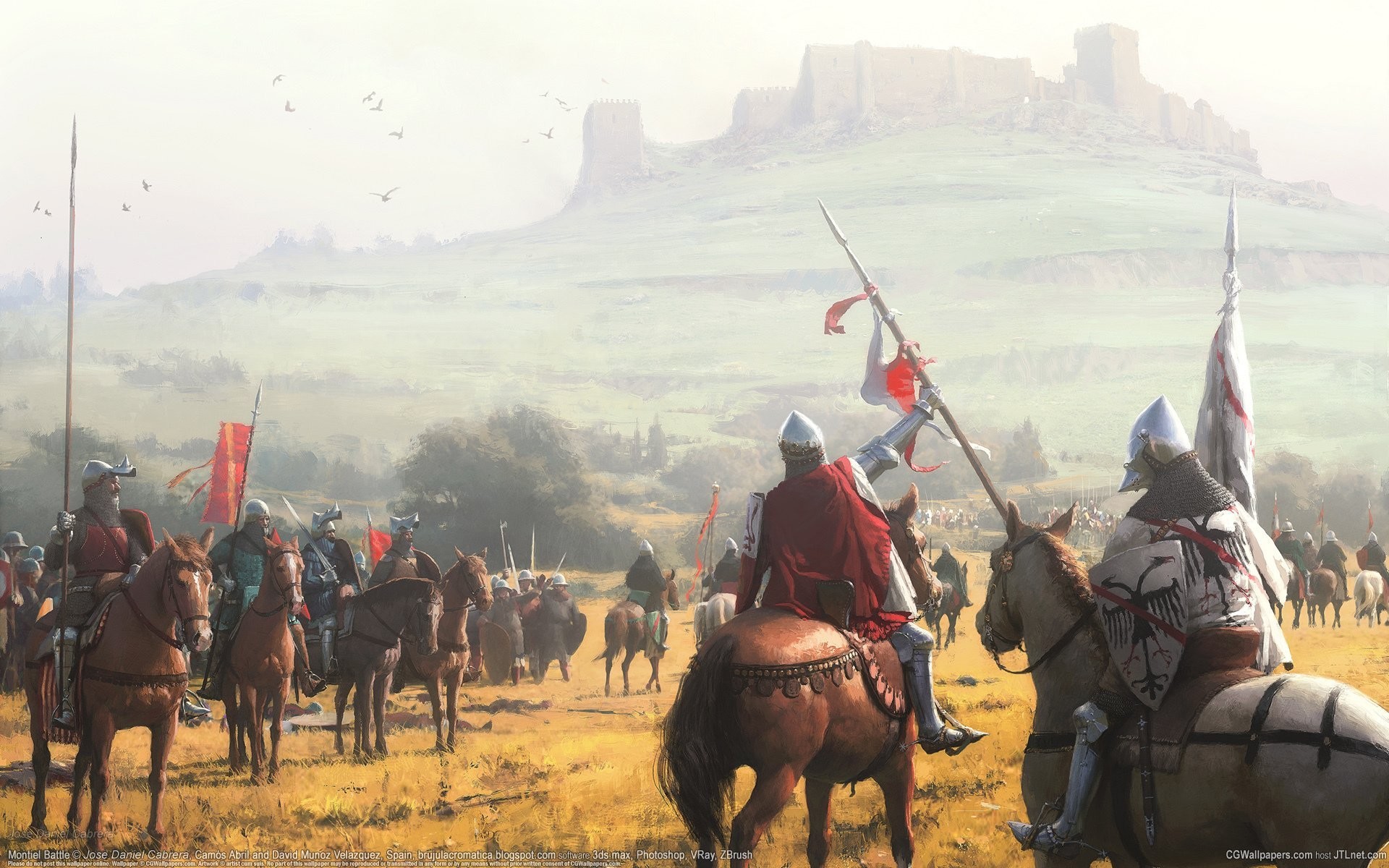

The training of a page continued until he reached puberty, about the age of 14. The training of the pages shows that by this time, knights were expected to not only be warriors, but also cultured men of high society.Ī page’s training on the way to knighthood included practicing with a wooden sword. Moreover, the pages received lessons in religion, and were taught reading, writing, and arithmetic. Apart from that, pages were also instructed in falconry, hunting, dancing, and music, activities that befitted a nobleman. In any case, these lessons were aimed at preparing them for life as a mounted warrior. Of course, these boys would not have fought with real weapons, but with wooden ones. Physical fitness, combat training, and care for a horse were essential aspects of a page’s training. They would begin their service as assistants to squires and would be instructed in various aspects of knighthood. The boy would serve as a page in the household of his lord. These were often relatives of the family, or lords to whom the boy’s father owed allegiance. Once the child was seven years old, he would be sent to the castle of another knight or lord. Up till then, the child selected to become a knight would be cared for by a foster mother in his father’s castle. The training to become a knight began as early as the age of seven. These were values that were practical from a military point of view.
#Medieval knight code
While the contents of this code differed from one commander to another, some of the most common elements include courage in battle and loyalty to one’s feudal or military superiors and comrades.
#Medieval knight professional
(Rama / Public Domain )īasically, chivalry was the professional code of conduct that the Medieval knights adhered to.

In addition, it was also around this time that the famous chivalry, came into existence.īefore chivalry came into existence knights were considered violent brutes and were allowed to plunder. heavily armored, mounted warrior from a noble background. Around the time of the Norman conquest of England in 1066, the knight began to take on the form we are familiar with today, i.e. Things began to change, however, during the 11 th century. It was due to the latter that the knights of this period gained such infamy, as they looted, raped, and burned as they pleased. In exchange for their military service, the knights were given land or allowed to plunder the villages where they did battle.

The Knights of the Early Middle Ages and Medieval Periodĭuring the Early Middle Ages, which lasted from around 500 to 1000, knights were considered to be violent brutes by most people. Rather than denoting a cavalryman, however, these words mean ‘servant’, which is also a role performed by this social class, especially during their training. Incidentally, the English ‘knight’ (‘cniht’ in Old English) has West Germanic roots and is related to the Dutch and German ‘knecht’. These words trace their origin to the Latin ‘caballus’, which means ‘horse’. While this may not be reflected in the English word, it is so in the French ‘chevalier’, and the Spanish ‘caballero’. Knights were originally professional cavalry warriors. Additionally, what we know about the process of becoming a knight is drawn from this period. It was only during the High Middle Ages (from around 1000 to 1300) that the image of the knight we are so familiar with today emerged. While the role of the knight remained more or less the same throughout the Middle Ages, the perception of this social class evolved as time went by. Nevertheless, knights could rise to the ranks of the higher nobility as well by acquiring land and becoming landlords. Knights were essentially mounted warriors, and in the hierarchy of medieval society, were considered to be part of the lower nobility. The knight is arguably one of the most iconic figures of the Middle Ages.


 0 kommentar(er)
0 kommentar(er)
